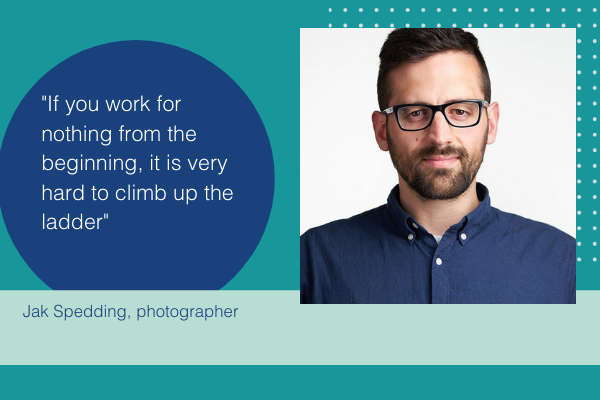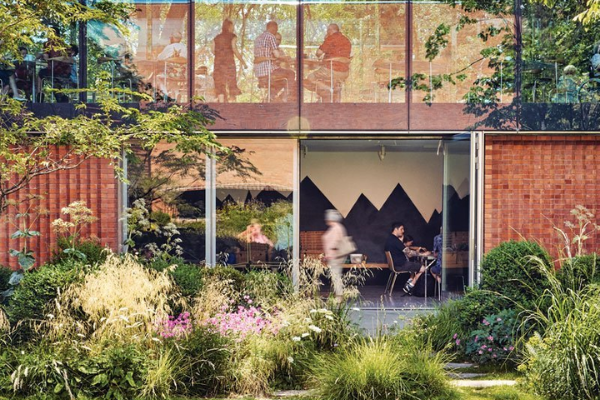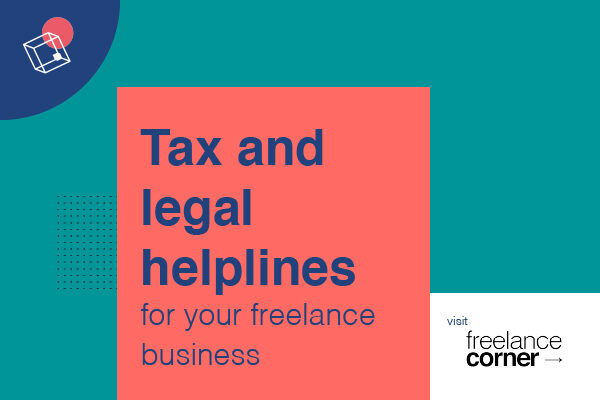The My Freelance Story interviews are a chance for us to celebrate and share stories from the world of self-employed careers. Get inspiration and advice from a wide range of people who work for themselves, at various stages of their journey. We spoke to freelance interior and architecture photographer, Jak Spedding, about what freelance life is like for him.
1. How long have you been freelance, and what made you become a freelancer?
I’m an interior and architecture photographer and I became freelance just shy of 4 years ago now.
It’s a little cheesy but what made me go freelance is Gary Vee’s Ted Talk ‘Do what you love’ which I came across one day while working for an agency and one of his quotes “Quit your bullsh*t job, you can always get another one” really stuck with me and the next day I handed my notice in.
2. What does your freelance role entail?
My role as an architectural photographer involves working closely with interior designers and architecture practices right through from the planning stage, producing verified views for CGIs, to photographing the finished spaces to help them show off their work and get the next job.
Like every other freelancer out there, though, my role also involves a little too much of being a sales person, accountant and social media manager thrown in too.

3. What does an average day of work look like for you?
If I’m on a shoot day, it begins the day before with making sure every battery is charged and all the kit is ready to go as well as checking the weather and where the sun is going to be at different points of the day.
Most shoot days tend to be a full day and generally begin with a walk around the space we will be shooting and going over any areas which may need special treatment or extra attention.
Then all the Pelican cases are rolled and everything is set up. I tend to shoot using a combination of flash and ambient light which requires quite a bit of setting up, so it’s probably a slower pace than most people expect.
Architectural photography is quite a methodical process, which is one of the aspects I enjoy about it, so for the most part it’s as much a box-ticking exercise as a creative exercise.
After any shoot, there is always going to be a similar amount of time spent retouching, which involves me sitting in front of a screen making sure every wall is perfectly vertical, for far too long.
4. What qualifications did you need to become a freelance photographer?
I don’t think photographers need to follow the traditional qualification route. I went to university 10 years ago now to do a BA in photography, but after my first year, I was lucky enough to get a placement in a studio so I worked there five days a week and was allowed to do the remaining two years of my degree online.
Since then, nobody has asked to see my degree, but people are always interested in who I have worked with.
5. Where do you find work?
Being a few years in, a lot of my work now comes from word of mouth, but I have gone through all the traditional ways of looking for work when you first go freelance.
The initial panic of having to join up to all the local networking groups, spamming images on Instagram, and joining in on every single Twitter hour – but there comes a time when you really need to scale back and work out what works for you.
6. What advice would you give to someone who wants to become a freelance photographer?
You don’t need to jump in with both feet straight away. Start by assisting as many working photographers as you can and work your way up to working with just a couple of clients until you are confident you can cover your bills.
The longer you can build up a pot of money where you don’t need to accept any job that comes your way, the stronger position you will be in to get the work you want.
If you work for nothing from the beginning, it is very hard to climb up the ladder.
7. What is the best thing about being freelance?
For me, it is the freedom to choose who I work with.
I spent years working for agencies where I would be photographing something different every day and most of it was to a brief which I hadn’t had any say in and often wasn’t always shot with the client’s best interests in mind.
Now, I’m glad I get to take jobs because I genuinely want to work with those clients and believe in their work – that’s how I produce my best work.
If you want to see more of my work, please visit jakspedding.co.uk
Looking for more inspiration?
If you’re intrigued to learn more, why not read our guide on how to become a freelance photographer? Or take a look at some of our other My Freelance Story interviews, including;
- My Freelance Story: Freelance Coach Jenny Stallard
- My Freelance Story: Virtual Assistant Louise Richman
- My Freelance Story: Photographer Jak Spedding
- My Freelance Story: SEO Consultant Steve Morgan
- My Freelance Story: Journalist Thomas Hobbs
- My Freelance Story: Content Creator Liz Randell
- My Freelance Story: WordPress Specialist Rhys Wynne
- My Freelance Story: Nail Technician Jade Conneely
- My Freelance Story: Writer and Marketer Dan Thornton
- My Freelance Story: Motorcycle Concept Visualiser Kar Lee
- My Freelance Story: Presentation Designer Illiya Vjestica
- My Freelance Story: Videographer and Editor Tom Rayner







